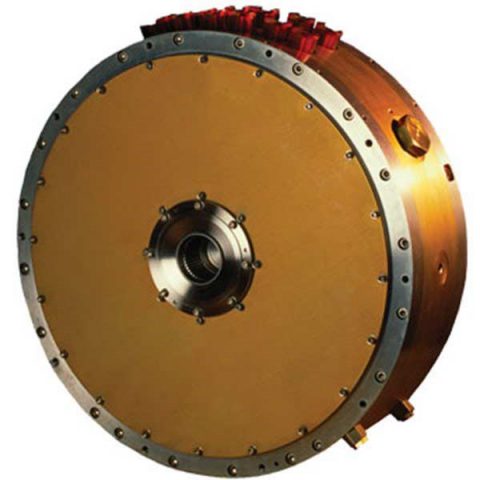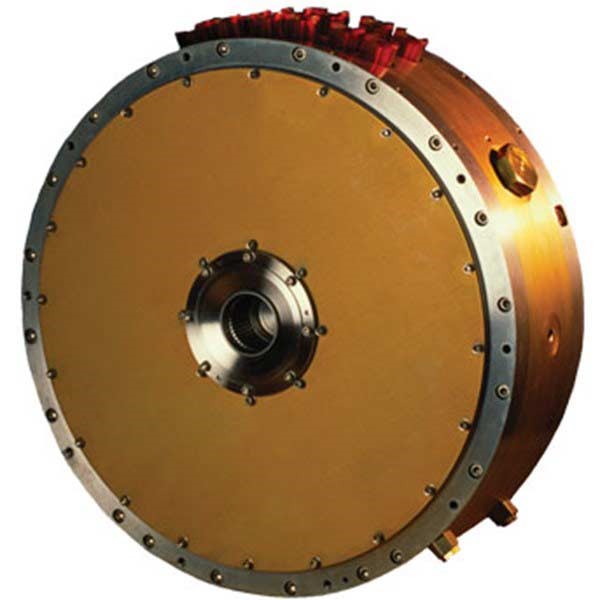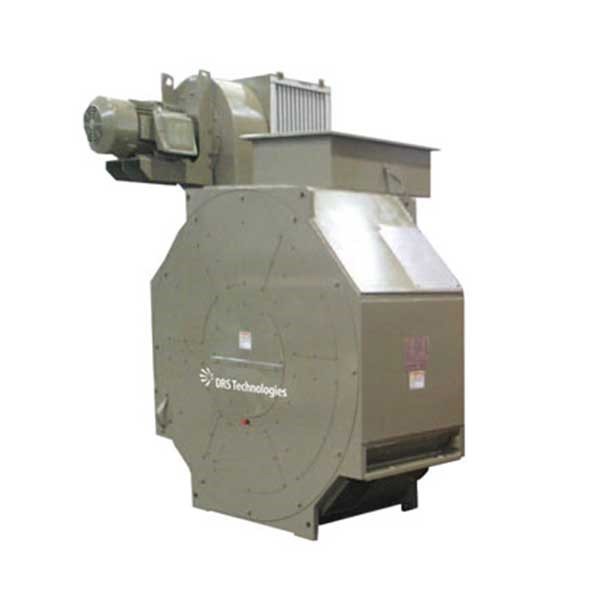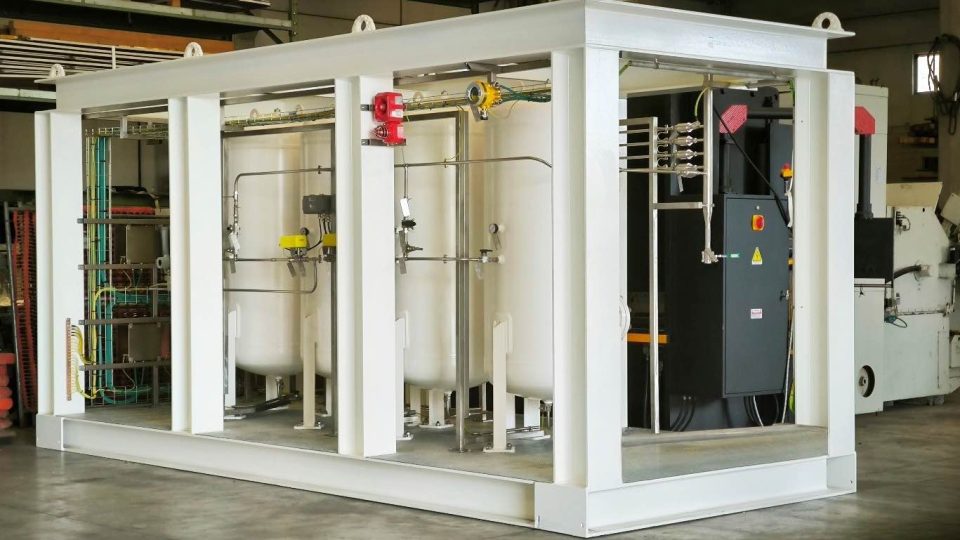Leonardo DRS develops new approaches for hybrid, electric and permanent magnet
Leonardo DRS has been delivering PM (permanent magnet) technology for over 30 years. Working in the oil and gas industry and then expanding to marine and naval propulsion, Leonard DRS has continued to develop new approaches while making continuous improvements in cooling, power density, reliability, and cost. Leonardo Drs marine hybrid electric drive (HED) achievements […]

Leonardo DRS has been delivering PM (permanent magnet) technology for over 30 years. Working in the oil and gas industry and then expanding to marine and naval propulsion, Leonard DRS has continued to develop new approaches while making continuous improvements in cooling, power density, reliability, and cost.
Leonardo Drs marine hybrid electric drive (HED) achievements
The gear mounted auxiliary Hed propulsion system on the U.S. coast guard’s newest cutter utilizes one of the world’s most power dense permanent magnet motors, the PA-44, which provides 466 kW of power while weighing only 195 kg.
Also the newest frigate in the Rok navy, the South Korean navy FFX-II utilizes the shaft mounted, bearingless, 1.7 MW machines which provide the power density and quietness needed for their anti-submarine warfare mission.

Fully integrated electric drive achievements
The U.S. navy DDG1000 engineering development model mounts the 36.5 MW permanent magnet motor system that can provide 2.7 million Nm of torque and that was completed and fully tested in 2008. Leonardo DRS is also currently developing the propulsion motor for the U.S. Navy’s newest ballistic missile submarine, the U.S. navy Columbia class Ssbn.
SMM HAMBURG. THE PLACE TO FOR COMMERCIAL VESSELS
The benefits of permanent magnet machines according to Leonardo Drs
The power density of PM machines is superior for shaft mounted applications and when space is tight, it is up to 50% smaller than comparable induction machines. Over the life cycle of the ship the 2-4% greater efficiency at full load and up to 30% greater efficiency at partial loads from PM machines leads to fuel and cost savings. With two available field configurations (axial or radial) and larger air gaps enabling bearingless designs, PM machines offer flexible design options. The larger air gaps in PM machines improve reliability and resistance to shock due to the fact that the rotor is much less likely to hit or rub the stator during a shock excursion. These machines also provide a controllable back electromotive force (BEMF) and less rotor windage, which reduces noise and vibration.










